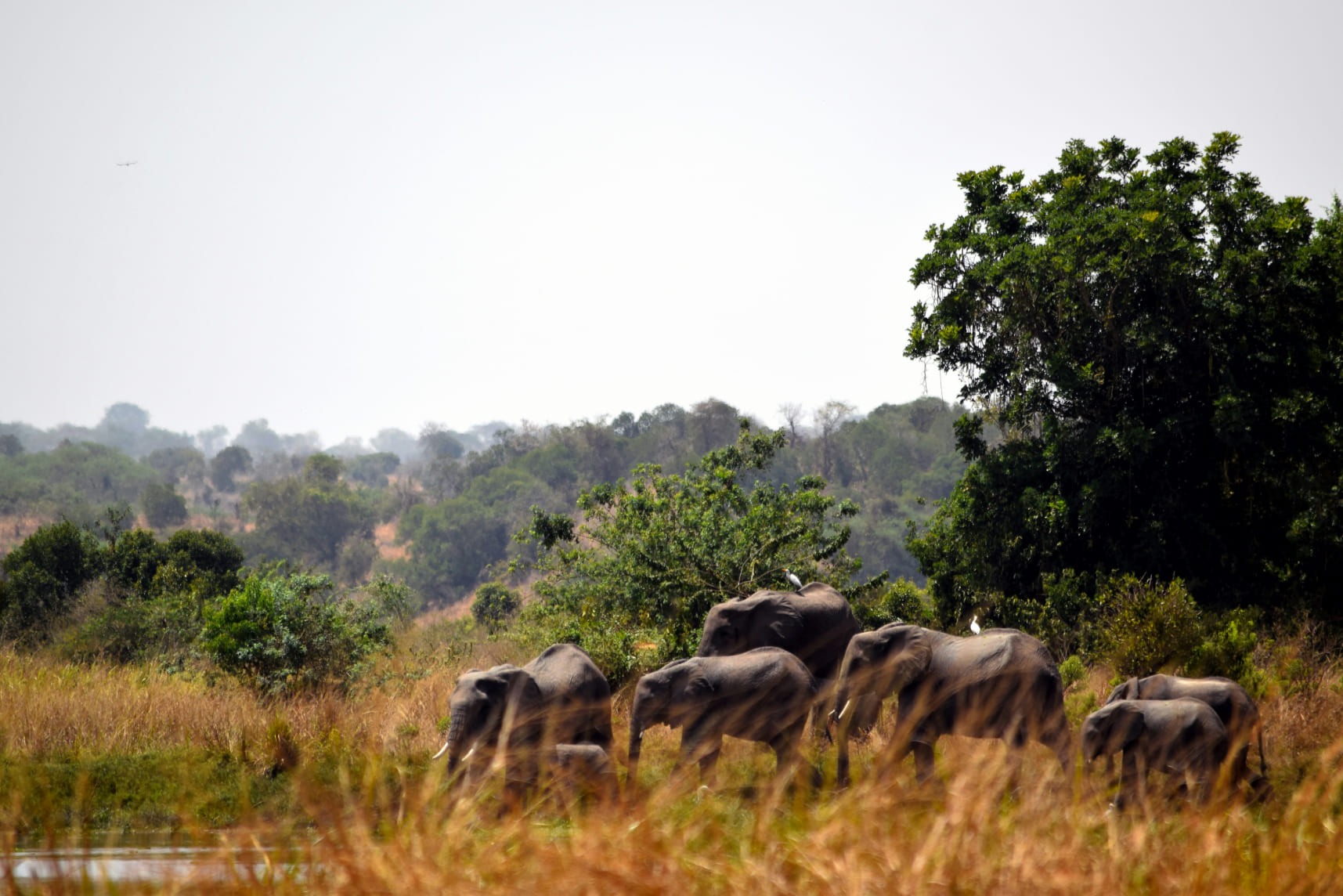
Animals
Elephant: Giants of Evolutionary Mastery

Elephants, the largest land mammals, have a fascinating evolutionary history that dates back approximately 60 million years. Their ancestors were small, semi-aquatic creatures resembling modern-day tapirs, known as Moeritherium. Over millions of years, elephants evolved into massive, land-dwelling herbivores, with notable species such as the woolly mammoth and mastodon branching off before going extinct.
One of the key adaptations in elephants is their trunk, a versatile organ evolved from the upper lip and nose. It serves a multitude of purposes, from grasping food to drinking water and communicating with other elephants. Their large ears help regulate body temperature, a crucial adaptation for surviving in warm climates. Additionally, their tusks, modified incisors, are used for digging, foraging, and defense.
Elephants play a vital role in their ecosystems, shaping landscapes by uprooting trees and dispersing seeds. However, their evolutionary journey is under threat due to poaching and habitat loss. Preserving these gentle giants ensures the survival of a species that has been a cornerstone of Earth’s biodiversity.